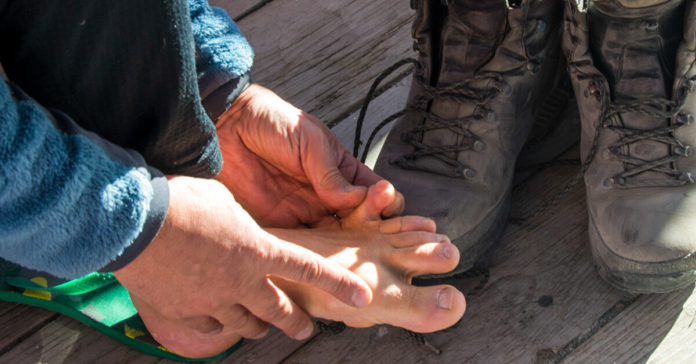Rare neurological illness with symptoms of paresthesia in hands and feet.
This article describes the case of a 30-year-old patient who presented to the emergency department with 1-week symptoms of paresthesia in his hand and feet. The patient complained that the symptoms were more than a tingling sensation and not numbness. He also stated that that his hands feel extra cold when he washes his hands. In addition, in 4 days time, he had also developed progressive weakness in both his arms and legs. However, the weakness was more pronounced in his legs, making it more difficult for him to walk up the stairs. There were no signs of pain, fever, injury or any recent illness. Neither did he complain of trouble controlling his bowel or bladder function.
On examination, the patient’s vital signs were within normal range. Physical examination was normal. He had normal speech with no focal weakness. The patient had normal speech with no focal weakness. However, the clinician was unable to elicit any deep tendon reflexes (DTR). His muscles were functioning normally, although, he experienced difficulty in performing serial lunges. He could only do 4 or 5, 90 degree lunges before failing. Both pin prick and position tests were normal.
Based on the examination findings, doctors diagnosed the patient with Guillian-Barre-syndrome.
A rare neurological disorder that causes demyelination of the peripheral nerves. The cause of the syndrome is unknown, however, may develop after a gastrointestinal or respiratory infection. Symptoms of the syndrome include weakness, numbness and tingling in the legs. This can be because the legs bear more weight and have longer peripheral nerves. Although, in several instances the symptoms are present in the upper extremities at the time of diagnosis. A common motor difficulty first noted by the patients is an inability to climb stairs.
In this case, doctors advised a lumbar puncture which showed a low white and red blood cell count with cerebral spinal fluid total protein of 125/mg/ 100 mL.
Paresthesia is also a common symptoms and occurs in 80% of patients. The condition is generally diagnosed through physical examination with a patient’s ability to perform lunges and by checking for loss of DTRs. Treatment for Guillian-Barre syndrome includes intravenous immunoglobulin (IVIg) or plasma exchange under supervision of a neurologist. The patient’s condition worsened till therapy started. However, he did not require to be intubated.
References
Pregerson DB. Neurology weakness. In: Emergency Medicine 1-Minute Consult Pocketbook. 5th ed. 2017;5. http://www.erpocketbooks.com/emergency_medicine_reference_books/quick-essentials-emergency-medicine/




